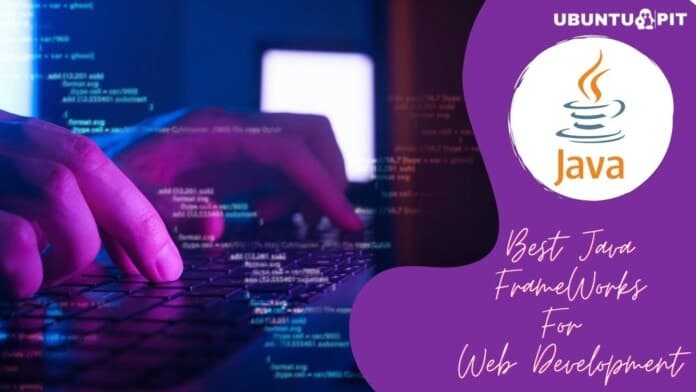Java is one of the most used object-oriented languages due to its versatile usability and easy implementations. Many corporate IT sectors rely heavily on Java, and Java developers are in high demand. So you can only imagine how popular Java frameworks are as they make working with Java faster and easier in real-world scenarios.
That said, you might not even notice that Java plays a significant role in the software you regularly use, such as Spotify, Twitter, Opera Mini, and much more. Hence, if you intend to set up a career in Java-related web development, learning the proper usage of popular Java web frameworks and staying up-to-date with the most exciting ones is a must.
Best Java Web Frameworks
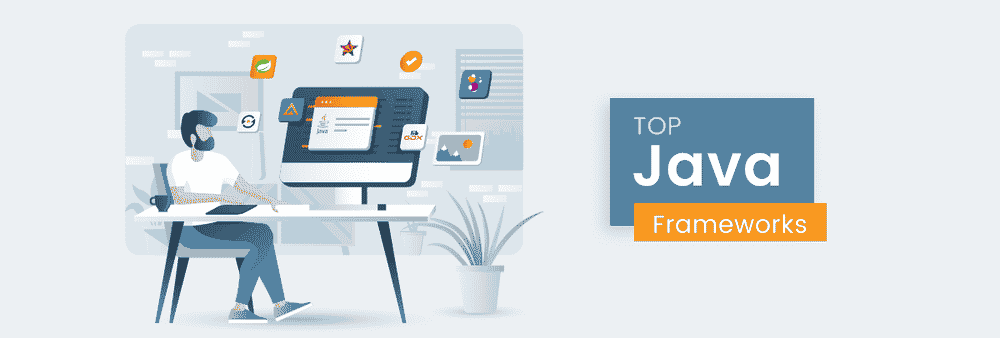 In fact, we can get you started immediately as we aim to introduce you to the most popular Java frameworks in 2022 below. So, stick with us if you’re interested, and keep reading!
In fact, we can get you started immediately as we aim to introduce you to the most popular Java frameworks in 2022 below. So, stick with us if you’re interested, and keep reading!
1. Hibernate
 Object Relational Mapping (ORM) is crucial when it comes to querying and manipulating data from databases with the help of object-oriented languages. Hibernate is an ORM framework for Java with a wide set of features and uses. If you are familiar with SQL, you’ll also be pleased to know that Hibernate comes with HQL (Hibernate Query Language) that developers can use to query databases used in web development.
Object Relational Mapping (ORM) is crucial when it comes to querying and manipulating data from databases with the help of object-oriented languages. Hibernate is an ORM framework for Java with a wide set of features and uses. If you are familiar with SQL, you’ll also be pleased to know that Hibernate comes with HQL (Hibernate Query Language) that developers can use to query databases used in web development.
Key Specs
- Hibernate helps you carry out complex data manipulations with minimum coding.
- JPA implementation allows you to write mappings in Java annotations and makes user programming more efficient.
- The Hibernate Reactive feature also gives you the option to overlook JPA functionalities and make the framework more suitable for reactive environments.
- Its Reverse Engineering Tool lets you generate domain model classes, mapping files, JBoss seam applications, and more within seconds.
2. GWT – Google Web Toolkit
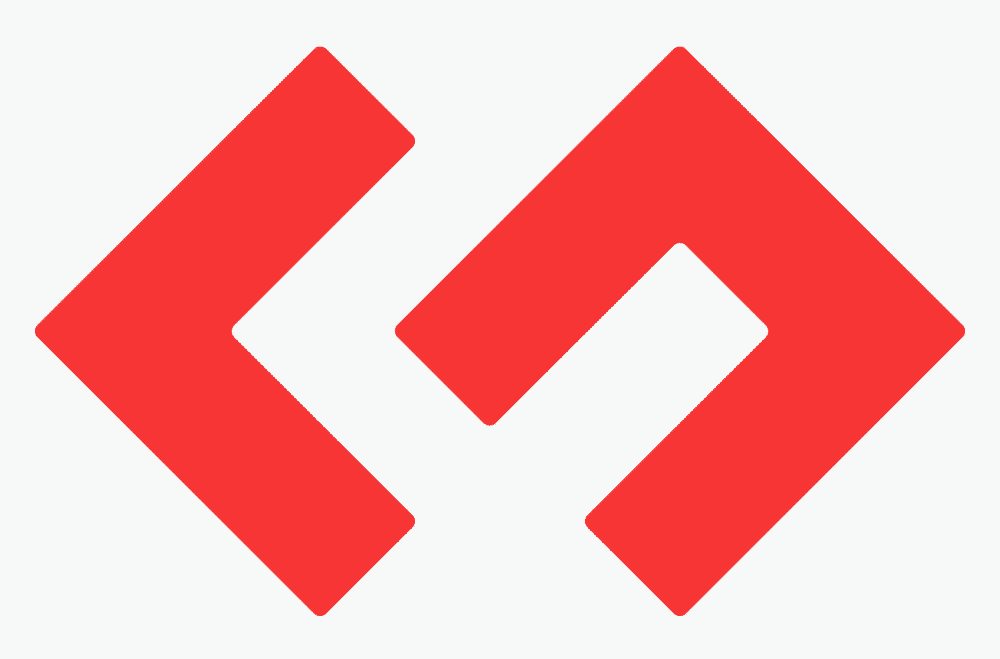 GWT is a Java Framework that web developers all around the world love. It is a specific favorite of developers who just started their career and are more worried about perfecting their web development skills instead of focusing on frontend aspects such as JavaScript, XML, or making responsive web designs. The primary aim of this framework is to create robust web applications with high-performance and stunning UI with experience in scripted languages.
GWT is a Java Framework that web developers all around the world love. It is a specific favorite of developers who just started their career and are more worried about perfecting their web development skills instead of focusing on frontend aspects such as JavaScript, XML, or making responsive web designs. The primary aim of this framework is to create robust web applications with high-performance and stunning UI with experience in scripted languages.
Key Specs
- The framework can be used with Eclipse IDE as a plugin for the easier and more intuitive creation of web-based projects.
- Web applications can be optimized for easier debugging and enhanced user experience.
- GWT includes Java API libraries, development servers, and more and lets you write Java codes that are later deployed as JavaScript codes for frontend-related work.
- It is browser-friendly and works on all popular browsing platforms.
3. JSF – Java Server Faces
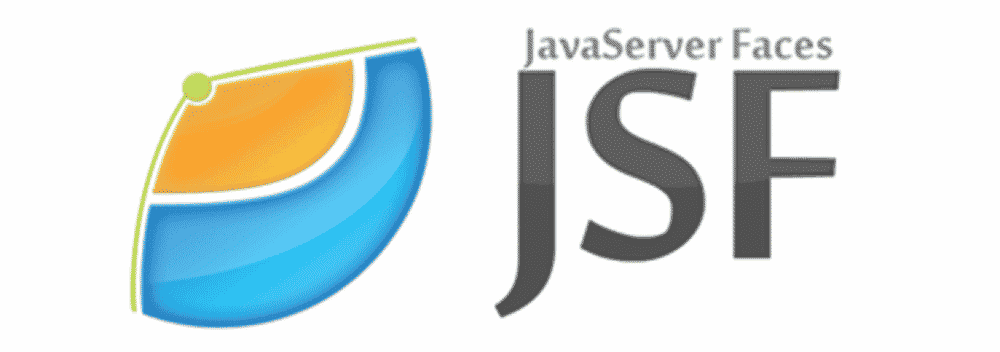 Java Server Faces (now Jakarta Server Faces) is a Java Web Framework that plays with server-side user interface elements that can be reused and customized for developing different web applications. The Oracle product is part of the JEE7 and deals with a model view controller (MVC) that helps separate logic and aesthetics. So users do not need to have an in-depth understanding of design-related languages such as HTML, XML, CSS, etc.
Java Server Faces (now Jakarta Server Faces) is a Java Web Framework that plays with server-side user interface elements that can be reused and customized for developing different web applications. The Oracle product is part of the JEE7 and deals with a model view controller (MVC) that helps separate logic and aesthetics. So users do not need to have an in-depth understanding of design-related languages such as HTML, XML, CSS, etc.
Key Specs
- You can drag and drop UI elements and save time by focusing on developing other parts of your web application.
- Facelets is JSF’s page declaration language, allowing you to use HTML and XHTML features to create web pages.
- One can easily use AJAX event method invocation and validation with JSF’s seamless Ajax integration.
- View handling uses XML, and one does not need Java to manage UI elements as JSF does it with the help of APIs.
4. Apache Struts
 JSF and Struts are two Java frameworks that are on the same page. Much like JSF, Apache Struts use MVC and Facelets as two of its core attractions. However, using JSF and JSP together isn’t ideal, whereas Struts extends the Java Servlet APIs to build Java Server Pages. This framework’s primary aim is to create high-flexibility web applications. It is also beginner and user-friendly, making the web development process easier for developers.
JSF and Struts are two Java frameworks that are on the same page. Much like JSF, Apache Struts use MVC and Facelets as two of its core attractions. However, using JSF and JSP together isn’t ideal, whereas Struts extends the Java Servlet APIs to build Java Server Pages. This framework’s primary aim is to create high-flexibility web applications. It is also beginner and user-friendly, making the web development process easier for developers.
Key Specs
- It includes themes and templates that can be customized to build web applications easily and efficiently.
- AJAX, REST, and JSON integration add to the web development functionalities of the framework.
- The Struts framework can integrate with HIbernate to query and manipulate databases.
- POJO-based operations let developers create complex web applications quickly.
5. Play
 The Java vs. Scala debate doesn’t seem to be ending anytime soon. However, the Play framework works for both these languages and is a lifesaver when it comes to developing web applications. That said, since we are talking of Java-related Frameworks specifically, let’s take a look at the framework’s features related to Java that benefit web development using the model view control system and minimal resource consumption abilities.
The Java vs. Scala debate doesn’t seem to be ending anytime soon. However, the Play framework works for both these languages and is a lifesaver when it comes to developing web applications. That said, since we are talking of Java-related Frameworks specifically, let’s take a look at the framework’s features related to Java that benefit web development using the model view control system and minimal resource consumption abilities.
Key Specs
- The asynchronous processing feature boosts the web application’s performance and enhances the user experience.
- An integrated HTTP server, CSRF protection, Form Handling, Routing Mechanism, and more makes this framework the perfect web development tool.
- Its reactive model supports both horizontal and vertical scaling of web applications.
- The hot reloading feature allows users to see their work results instantly after configuration edits so they can correct errors on the spot.
6. Spring
 One can use Spring (a robust Java Framework) for their web development needs as it lets users create efficient web projects with less effort and time. It comes with a flexible set of non-native Java libraries that allows users to create any kind of web application with a focus on enterprise-related web applications. Spring also has a versatile set of tools that make it the ultimate Web development solution out there.
One can use Spring (a robust Java Framework) for their web development needs as it lets users create efficient web projects with less effort and time. It comes with a flexible set of non-native Java libraries that allows users to create any kind of web application with a focus on enterprise-related web applications. Spring also has a versatile set of tools that make it the ultimate Web development solution out there.
Key Specs
- The framework’s asynchronous non-concealing nature lets users make use of their web resources to their full potential.
- It comes with a lightweight container that does not require developers to use external web or application servers.
- Spring’s Cloud Suite features easily allow web applications to run in a native cloud environment, making the application suitable for cross-platforms.
- The batch processing feature lets users optimize data processing patterns for bulk data processing at their convenient time without needing to be online.
7. Grails
 The Grails framework is the bridge that connects Java and Groovy simultaneously to web development. It is a complete package to create versatile web applications and is completely compatible with Java, although its core features are all written in Groovy. The framework is super easy to learn and implement and gives users complete control over its features, reducing the waste of memory resources.
The Grails framework is the bridge that connects Java and Groovy simultaneously to web development. It is a complete package to create versatile web applications and is completely compatible with Java, although its core features are all written in Groovy. The framework is super easy to learn and implement and gives users complete control over its features, reducing the waste of memory resources.
Key Specs
- Built on top of Spring Boot, this framework helps developers save time and boost their application’s performance easily.
- The framework integrates and interoperates seamlessly with Java and JEE containers, so the application will function properly even if you mix Java codes with Groovy codes.
- Users can use HIbernate with Grails instead of GORM, the ORM equivalent of this framework used to query and manipulate data.
- Much like JSP, Grails uses GSP, the data rendering feature in Grails used to create highly efficient web pages in non-reactive environments.
8. Apache Wicket
 One can come up with web applications with Apache Wicket (a lightweight Java framework) swiftly and effectively with its POJO approach to web development. It is similar to JSP, so if you already know how to use JSP properly, learning Wicket will be no issue for you. Wicket is also a component-oriented framework, so the only languages a developer using the framework need to know are Java and HTML.
One can come up with web applications with Apache Wicket (a lightweight Java framework) swiftly and effectively with its POJO approach to web development. It is similar to JSP, so if you already know how to use JSP properly, learning Wicket will be no issue for you. Wicket is also a component-oriented framework, so the only languages a developer using the framework need to know are Java and HTML.
Key Specs
- The framework allows users to configure its MVC elements at per convenience so that they can fulfill their specific needs.
- Web developers can perform unit testing with ease and incomparable speed, saving them valuable time.
- Wicket’s content security policy gives developers control regarding what they wish to make public. They also use session-relative component paths for more security.
- Due to Wicket’s built-in AJAX functionality, one can develop AJAX applications without using JavaScript.
9. DropWizard
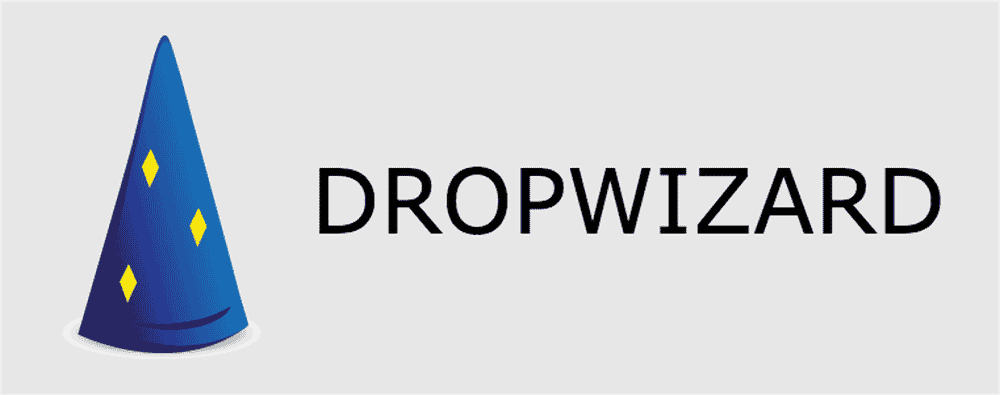 DropWizard is a beginner-friendly framework that allows developers to quickly create advanced RESTful web applications from any point of their learning curve. This helps developers focus on their product’s functionalities or business strategies instead of wasting time on tasks that can be handled by a framework such as this one. It is also integrated with a robust set of Java libraries which can be used as a full-stack web development toolkit.
DropWizard is a beginner-friendly framework that allows developers to quickly create advanced RESTful web applications from any point of their learning curve. This helps developers focus on their product’s functionalities or business strategies instead of wasting time on tasks that can be handled by a framework such as this one. It is also integrated with a robust set of Java libraries which can be used as a full-stack web development toolkit.
Key Specs
- Metrics library support lets users monitor data-driven operations securely.
- The rapid Prototyping feature lets users save time brainstorming, which gives them more time actually to develop their web application.
- Bootstrap integration allows you to use ready-made code snippets for easy front-end web development.
- Applications are more intuitive as they are packaged as JAR files instead of traditional WAR files.
10. Spark
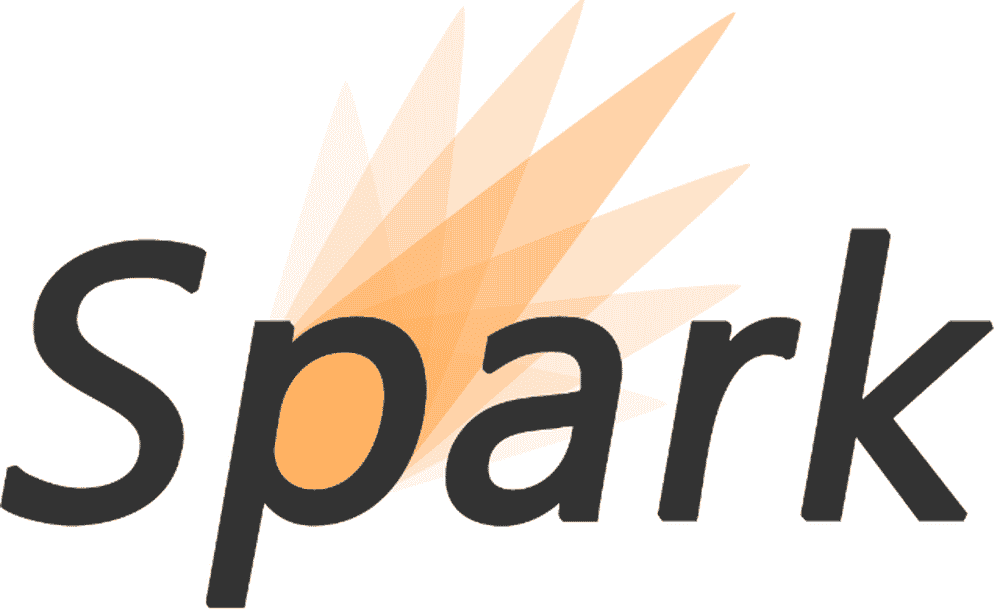 Spark by Apache has really brought forth a spark of encouragement to web developers who love both Kotlin and Java. The goals of this Java framework are similar to that of the other frameworks we discussed above, such as Spring, Grails, and more. However, Spark is unique and better since it does not use MVC as its view-handling system. That said, its full-stack nature has much more in store than you can imagine.
Spark by Apache has really brought forth a spark of encouragement to web developers who love both Kotlin and Java. The goals of this Java framework are similar to that of the other frameworks we discussed above, such as Spring, Grails, and more. However, Spark is unique and better since it does not use MVC as its view-handling system. That said, its full-stack nature has much more in store than you can imagine.
Key Specs
- The framework is highly compatible with both Java and Kotlin, which is why it leverages JVM’s features without all the tacky verbose.
- Spark’s micro-framework technology allows users to create RESTful web applications that are JSON-ready within ten lines of code.
- One does not need to manually start servers for the application they are developing, as Spark makes the task automated.
- Being a micro-framework, applications developed with spark require minimal configuration, boosting productivity.
Takeaway
Java is such a robust language that if we keep talking about it, the conversation will go on infinitely. So, for now, we’re wrapping up our talk about Java Frameworks here – but we suggest you try these out if you’re giving Java web development a shot!
There are other frameworks worth mentioning as well. So, perhaps we could do a part two of this someday – but that’s up to you. So tell us if this was an interesting read for you and if you’d like more content such as this. Thanks!
